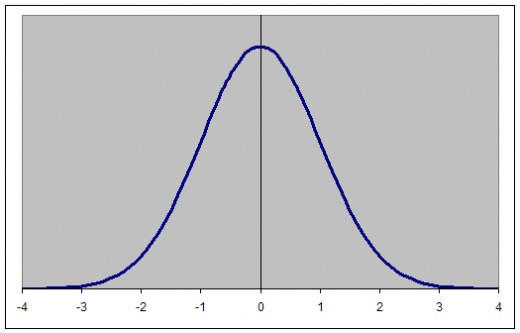the naked beekeeper
Field Bee
- Joined
- Nov 9, 2008
- Messages
- 739
- Reaction score
- 0
- Location
- S.E. Cornwall
- Hive Type
- National
- Number of Hives
- Enough
Inspired by the interesting thread about NZ bees, I wanted to ask what are peoples' direct experiences of AMM as honey gatherers?
I've read the books by Ruttner et al. saying that AMM achieve reasonable crops in any given year, be it poor or be it terrific, weather wise.
And I've read the arguments that other strains can produce massive crops given the right conditions, but also eat massive amounts if weather deteriorates frequently.
I want experiences and observations.
Just curious like............
Edit - There were some comments about it in that thread, but rather than hijack it, I wanted to ask the question directly as a seperate issue.
I've read the books by Ruttner et al. saying that AMM achieve reasonable crops in any given year, be it poor or be it terrific, weather wise.
And I've read the arguments that other strains can produce massive crops given the right conditions, but also eat massive amounts if weather deteriorates frequently.
I want experiences and observations.
Just curious like............
Edit - There were some comments about it in that thread, but rather than hijack it, I wanted to ask the question directly as a seperate issue.
Last edited:





